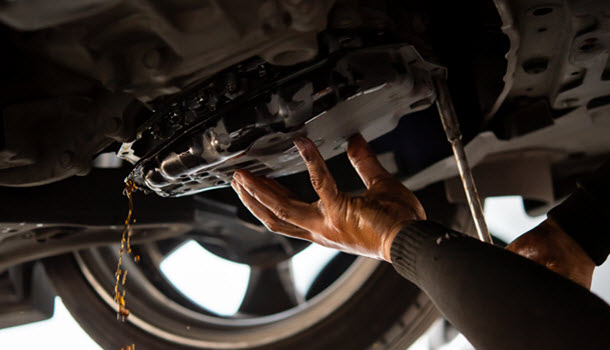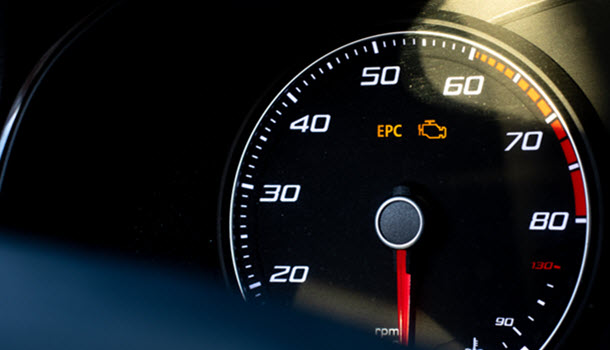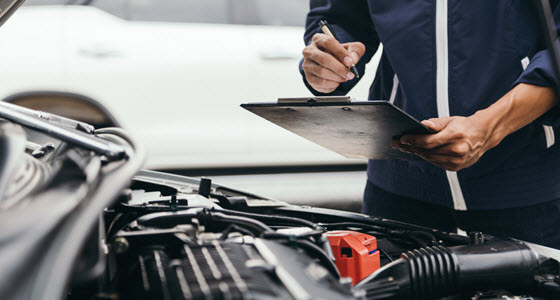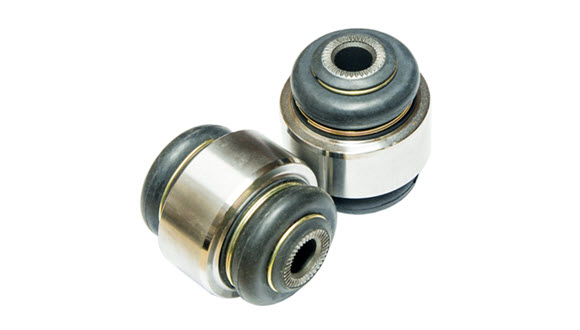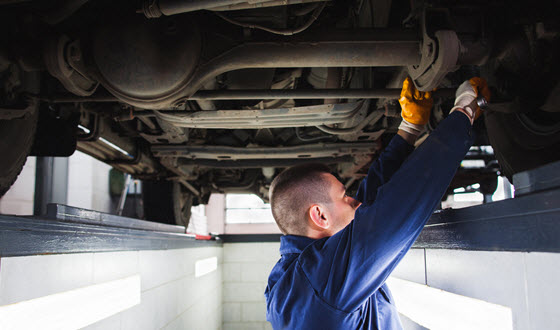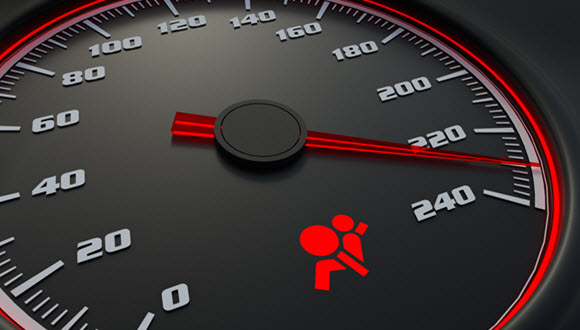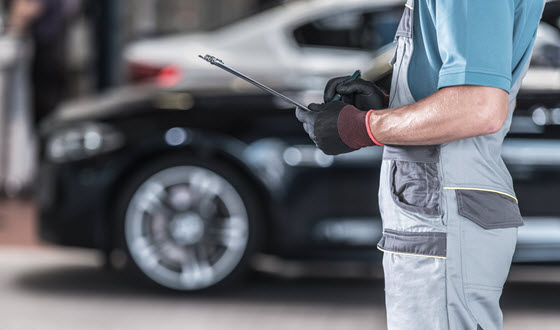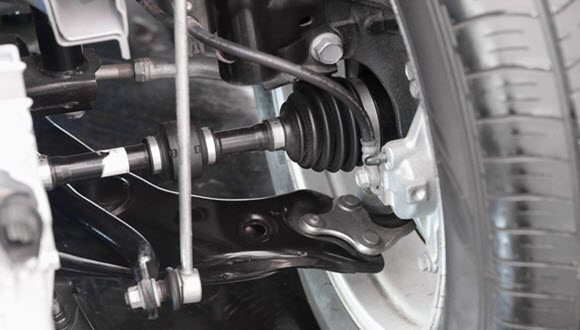Where To Go In Dallas For Volvo Timing Belt Replacement
Posted on | 3 Jan 2024 By Anita Gaal
When it comes to maintaining your Volvo’s performance and longevity, few components are as critical as the timing belt. Serving as the heart of your Volvo’s engine, the timing belt synchronizes the rotation of the engine’s crankshaft and camshaft, ensuring precise operation. However, over time, this crucial component wears down, risking significant engine damage if not replaced within the manufacturer’s recommended intervals.
Signs Your Volvo Needs a Timing Belt Replacement
- Age and Mileage: The timing belt replacement interval varies among Volvo models, typically ranging from 60,000 to 100,000 miles or every 5 to 8 years. However, adhering strictly to these manufacturer-recommended schedules is crucial to prevent unforeseen belt failures. Consult your Volvo’s manual or seek professional advice to determine the specific replacement timeline for your vehicle.
- Visible Wear and Tear: Inspecting the timing belt regularly can reveal signs of wear such as cracks, fraying, or a glossy appearance—indications that it’s nearing the end of its lifespan. Additionally, unusual noises emanating from the engine area or visible engine misalignment might signal impending timing belt issues, necessitating immediate attention.
- Performance and Efficiency: A worn-out timing belt can cause the engine’s valves to open and close out of sync, leading to engine misfires, reduced power, or even complete engine failure. Addressing timing belt issues promptly not only preserves engine performance but also prevents costly repairs resulting from extensive engine damage.
Recognizing Symptoms That Signal Volvo Timing Belt Replacement
Detecting signs of a failing timing belt in your Volvo is crucial for timely replacement, preventing potential engine damage, and ensuring uninterrupted performance. Being aware of these symptoms can save you from costly repairs and keep your Volvo running smoothly:
- Engine Misfires or Rough Idling: A worn timing belt can cause erratic engine operation, resulting in misfires or rough idling. If you notice your Volvo’s engine vibrating excessively or running inconsistently at idle, it could indicate timing belt issues.
- Ticking or Clicking Noises from the Engine: Unusual noises emanating from the engine area, such as ticking or clicking sounds, could signal imminent timing belt problems. These noises often indicate that the belt has become worn, misaligned, or is on the verge of failure.
- Oil Leaks from the Front of the Motor: A deteriorating timing belt cover or a failing timing belt can cause oil leaks near the front of the engine. Any visible oil accumulation or dampness around the timing belt cover should prompt immediate inspection and potential replacement.
- Loss of Power or Engine Stalling: A failing timing belt can disrupt the synchronization between the crankshaft and camshaft, leading to a loss of power or even complete engine stalling. If your Volvo experiences a sudden loss of power or stalls unexpectedly, it’s crucial to have the timing belt inspected promptly.
- Visible Wear and Tear on the Timing Belt: Regular visual inspection of the timing belt can reveal signs of wear, including cracks, fraying, or a glossy appearance. Any visible damage or deterioration should prompt an immediate assessment and potential replacement.
- Engine Warning Lights: Modern Volvos are equipped with sophisticated onboard diagnostics that monitor various engine parameters. If the engine warning light illuminates on your dashboard, it could indicate timing belt issues or other related engine problems, necessitating professional attention.
Trust Euro Automotive for Expert Volvo Timing Belt Replacement
As a Volvo owner, ensuring the maintenance and replacement of critical components like the timing belt requires the expertise of seasoned professionals. In the Dallas, Garland, Arlington, and Fort Worth, TX, areas, Euro Automotive stands out as the premier destination for top-notch Volvo service and repairs.
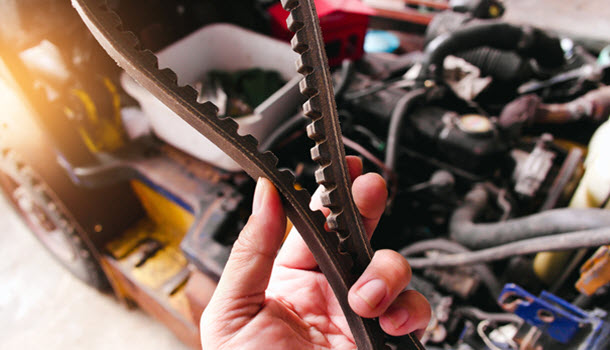
We boast a team of highly skilled technicians specializing in Volvo vehicles, equipped with the latest diagnostic tools and genuine OEM parts to guarantee quality service. With our commitment to excellence and customer satisfaction, Euro Automotive ensures your Volvo receives meticulous care and precision during timing belt replacements and other essential services.
For reliable and expert Volvo timing belt replacement, contact us today at 214-956-7744. Trust our experienced team to keep your Volvo running at its best and ensure your peace of mind on the road.
Remember, maintaining your Volvo’s timing belt is crucial to its overall health and performance. Don’t overlook this vital component—schedule a service appointment with Euro Automotive to keep your Volvo in top condition.







